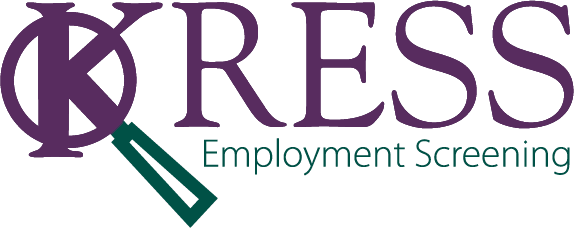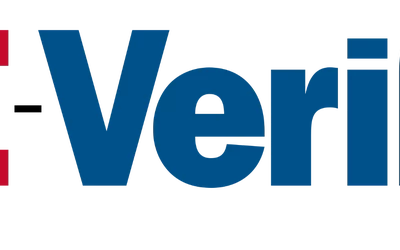Finally! The long, tiring interview process is over. Your candidate passed the background check and drug test. You’re confident that they’re the right fit for the job. Don’t get too excited, however. The hard part has just started. Onboarding can be complicated and stressful for the new hire and their team, but with a well-thought-out plan, you can make the process seamless.
The most common reason why new hires leave their positions so early is that the position didn’t meet their expectations. Onboarding can play a significant role in convincing your new hire not to leave for a competitor. Here’s how you should begin improving your onboarding process:
- Have a first-week schedule ready.
This seems simple enough, but many new employees are plopped at their desk and given a task without much direction. A schedule gives employees a structured training plan and can even let them know how long certain tasks should take. If you expect their first task to take an hour or a day, this should be indicated on the schedule. Each day should be planned, and the team member who is taking the lead in training them should also be briefed and given a copy.
- Communicate before their start date.
Don’t wait until the employee’s start date to brief the team on the new member’s role. It’s also important to send any pertinent information to the new employee ahead of time. Sending them their first-week schedule may put them more at ease. Let them know who their first meeting will be with, but also how to dress, where to park, how to get into the building if you have a security system, and anything else they will need to know for their very first day. This will make them more comfortable and confident.
- Make sure help is available.
Assign the new employee a “buddy.” This buddy should be their go-to person for any and all questions for their first few weeks, until they are ready to fly on their own. It’s alright if the buddy can’t answer all of their questions, but they should know who to refer them to. New employees are often overwhelmed by questions, and it can be difficult for them to decide who to go to for answers.
- Create a one-pager of internal processes.
Create a one-pager with all of the important information they will need and their go-to policies. The information will be heavily dependent on their department, but start with contact information for their superiors and team members. Let them know how to access company Wi-Fi, shared drives, and other software. You may even want to include tasks as basic as how to properly answer the company phone.
- Explain their upcoming training.
New hires are often required to attend training courses or complete online trainings. It’s important to share this curriculum up front to let them know what’s going on and what will be expected from them. Let them know how much time will be required for each course and let them know who to contact if they have additional questions on any of the topics.
- Make sure they understand their responsibilities.
This has happened to all of us. We think we’re doing great in a new role, and then a few weeks in, someone asks us where a report or project is. Sometimes, the response to this is, “Was I supposed to do that?” Make sure that your new hire understands exactly what their role and responsibilities entail. Consider typing out a bullet-point list. The last thing you want is something slipping through the cracks. If this information isn’t conveyed, you will most likely be the one to answer for any problems it causes.
- Ask for feedback.
The best way to improve any onboarding program is to ask for feedback. A few weeks in, arrange a quick meeting with new hires and ask them specific questions. Find out if anything went wrong, what could have been better, if they still have questions that could have been answered earlier, what went right, and more. You’ll gain insight into whether or not your trainings and onboarding program are effective, but you will also let the new hire know they their opinions are being heard.
Looking for more onboarding and new-hire tips? Sign up for our monthly newsletter!









